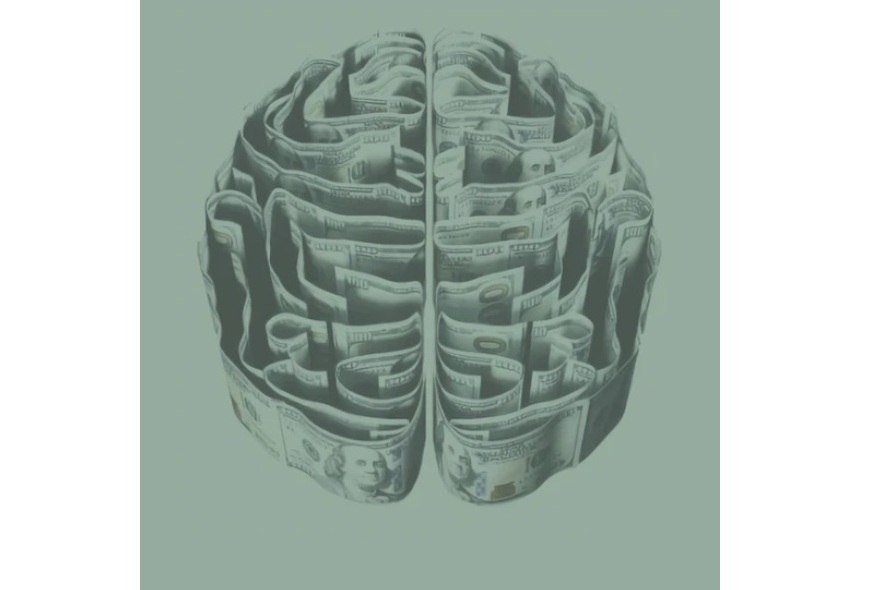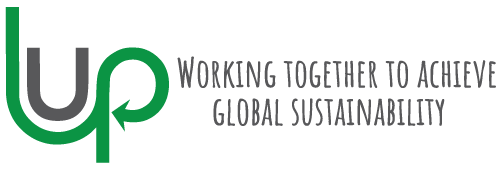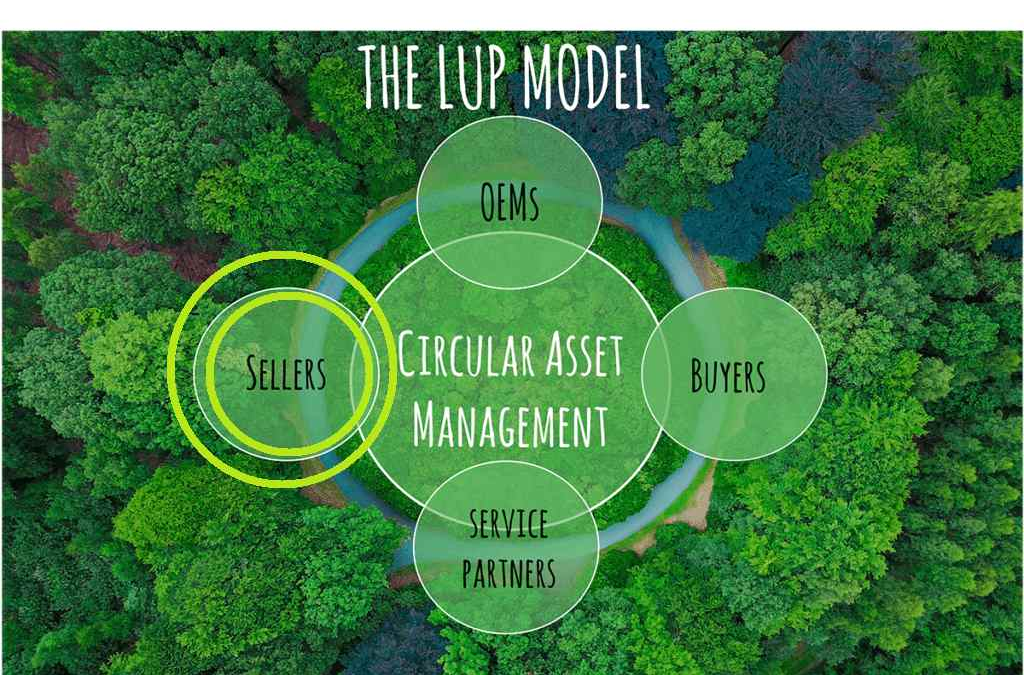Why is it so important to extend the life cycle of your assets?
According to our website, “LUP Global is a network of companies and partners all focused around Circular Asset Management who believe in creating a better future through a focus on sustainability.”
We use the word “network” because we understand that we can´t do this alone, and firmly believe that is all about collaboration. We only have one planet, and we are all here together to work towards a shared objective, which is how we can get a sustainable future. We want to change the conventional ways of working businesses engage, in where we all collaborate and work strategically in long term partnerships. When we talk about sustainability, we are thinking on a broader view of the concept, looking not just into the economic aspect of it- making it profitable for all parts involved-, but also the social and environmental impact, always seeking the best interest of our planet.
The LUP Model
LUP network is a collaboration of companies and partners that constitute the four pillars of our Model, which are: Original Equipment Manufacturers (OEM’s), Buyers, Service Partners, and Sellers. All these stakeholders play a fundamental role as enablers, to make the system work. Each of them can mutually benefit from the optimization of usage and re-allocation of under-utilized assets, prolonging their lifecycles and avoiding the need for new resources and landfill.
In this article we are going to focus on the role of the “Seller”, and to do that is necessary first to explain who is considered a “Seller” under LUP Model.
Who is considered a “Seller” under our model?
A “Seller” is considered an entity that is an asset owner that is not utilized at its full potential (underutilized) and wishes to extend the life cycle of the asset through a sale. An example of this could be a laboratory that buys a new nitrogen generator (estimated lifecycle of 12+ years) and finds the need to upgrade having only used it for 5 years. This asset now replaced can remain occupying more space in the lab; is donated to another company; or is categorized as disposal and later sent to landfill (through a waste management company, and consequently generating more costs). Many companies are guilty of establishing an Asset graveyard somewhere in their operations hiding away assets that still have a book value – under the LUP Model these assets can be proactively managed and generate value to fund asset replacement.
An asset is a capital item that is managed by an organization through the seeking of funding/spending approvals needed to grow/develop/operate a business, which are normally planed 1 to 3 years in advance of purchase. Under the LUP model we specialize in high value assets normally that are reasonably portable. In our experience very few Industries proactively engage in assuring their assets are used to their maximum useable life with few practicing sound Circular Asset Management principles. We as community need to focus on increasing this opportunity.

Mindset shift
A mindset shift is required to appreciate the importance of circularity – in opposition to the linear approach BUY-USE-DISPOSE in Procurement. Total Cost of Ownership (TCO) including end of life costs needs to be front of mind underlying the procurement. Consider Reuse, Repurpose and Recycle should be the mantra when a company purchases capital assets.
This may appear to be complex and difficult, but it is not much more than giving maximum value to the assets we acquire and understanding that being responsible for the whole lifecycle of it can generate more value for a company and also for the planet. The commercial advantages for the company comes from the recognition of the End of Life of the product proactively managed increasing its value and the chances for on-sale of the asset when it is not used at its full potential.
One fundamental aspect of the End of Life Management is having a proper recording of the asset life and its maintenance, as the quality of the data recorded will enhance the on sale potential and realizable value. Having a good record keeping of data, such as the purchase date and price, supplier, OEM; warranty provision (and any extended warranty if applicable); depreciation schedule; maintenance cycle, events; machine usage; will help to retain more value within the asset and will enhance the sales potential.
At LUP we have already done this mind shift and, with our passionate team of specialists, we want to enable you to maximize the value of your assets and become your long-term strategic partners. Through our services we can assist you with your under-utilized assets strategy: identification of your assets, timetable for renewal, and identification of potential buyers.
Under our strict Code of Ethics, we guarantee your complete anonymity and confidentiality of the sale of your assets to buyers, and support the movement of them through our ancillary service partners. Our range of services include: Insurance – to mitigate any associated risks with the selling of your unused assets-, Freight –to transport them-, and Finance –for Capital Expenditure Equipment and Asset Purchases.
If you are ready for this change and want to be part of our amazing sustainable network, do not hesitate in contacting us and partner us to sell your under-utilized assets.
The time to act is now!
Written by Michael Brown & Felipe Soraires

